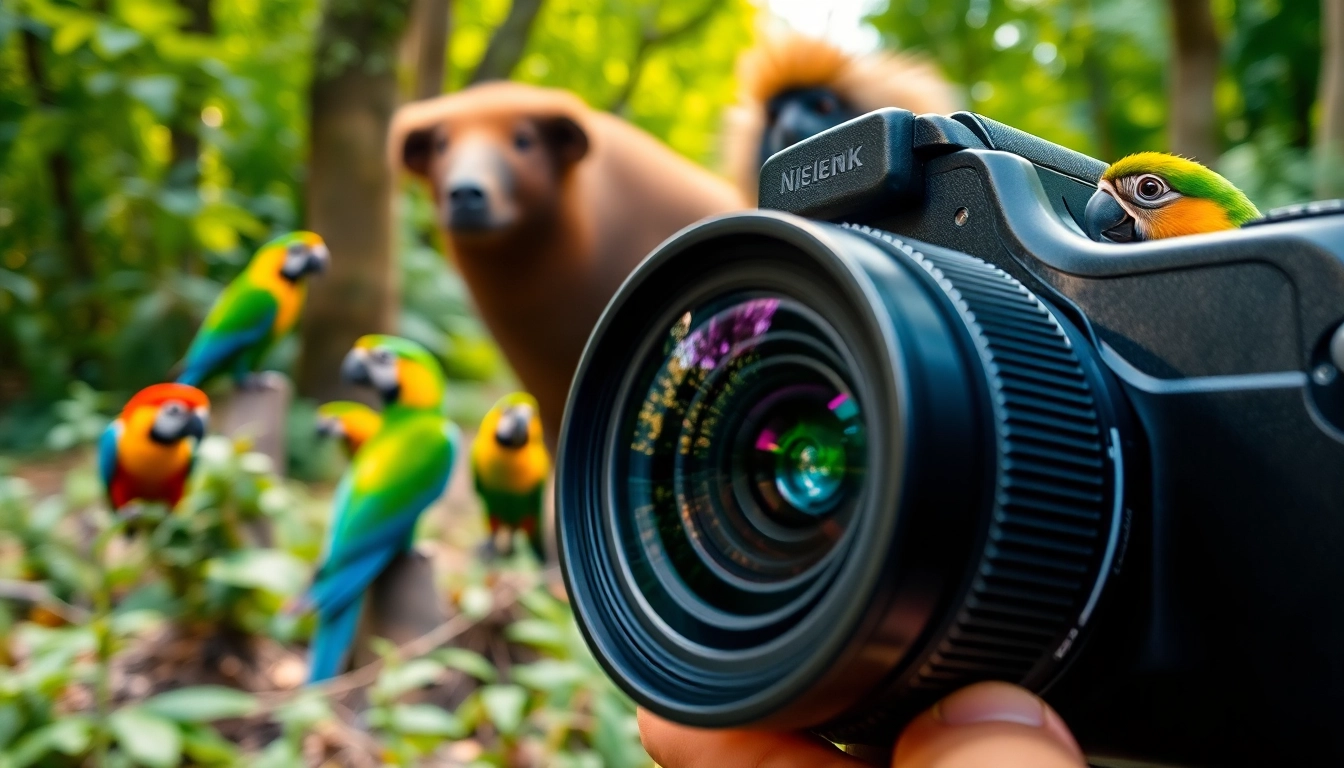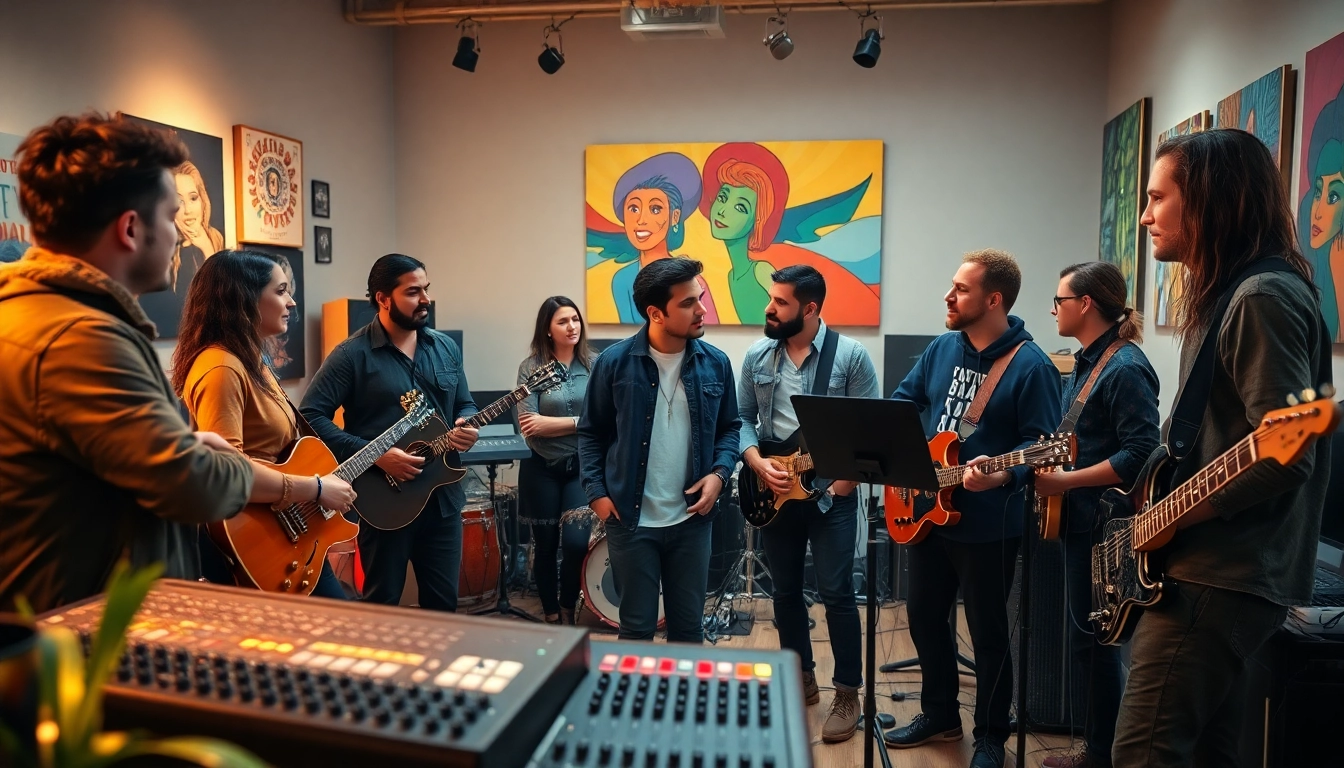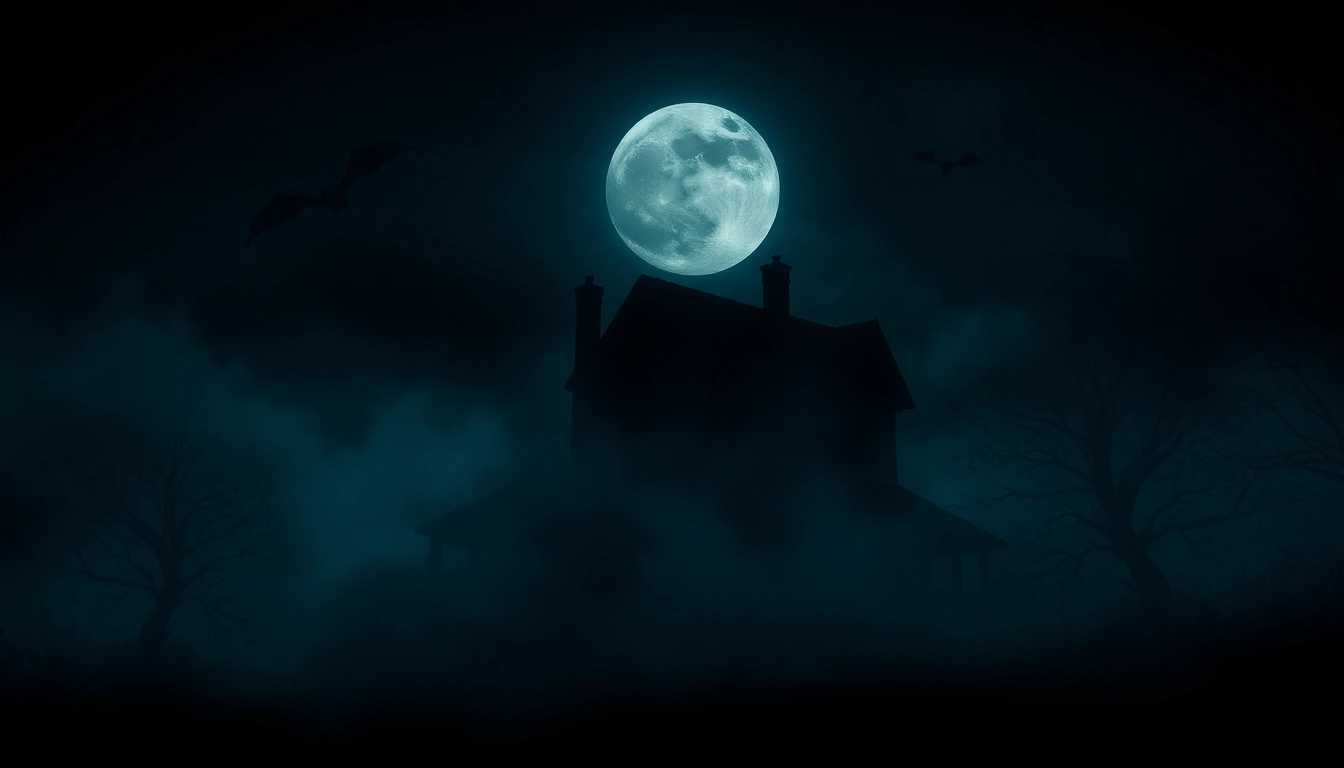Understanding Wildlife Photography
Defining the Art of Wildlife Photography
Wildlife photography is more than just taking pictures of animals in their natural habitats; it is an art form that requires skill, patience, and a deep understanding of wildlife behavior. This genre of photography aims to capture the essence of animal life, whether through dramatic action shots or intimate portraits that showcase their beauty and character. The purpose can range from documentation and conservation efforts to artistic expression, allowing photographers to tell compelling stories about the animals they photograph.
Key Equipment for Wildlife Photographers
Having the right equipment is crucial for wildlife photographers, as the perfect shot often depends on capturing fleeting moments in dynamic environments. Here are the primary tools you should consider for wildlife photography:
- Camera Body: A DSLR or mirrorless camera with fast autofocus and high frame rates will allow you to capture quick action shots. Popular choices include the Canon EOS R5 and Nikon Z9.
- Lenses: Telephoto lenses (300mm or longer) are essential for wildlife photography, allowing you to photograph subjects from a distance without disturbing them. Consider options like the Canon EF 100-400mm or the Nikon 200-500mm.
- Tripod: A durable tripod is invaluable for stabilizing your camera, especially when using long lenses. A gimbal head can also provide smooth panning.
- Field Backpack: Protect your gear while providing easy access. Look for backpacks specifically designed for photographers.
- Binoculars: A good set of binoculars can help you scout locations and observe animal behavior without getting too close.
Ethics in Wildlife Photography
Ethics play a pivotal role in wildlife photography. Taking photographs should never come at the expense of the subjects. Thus, it’s vital to adhere to specific ethical guidelines, such as maintaining a safe distance, not disturbing animals in their habitats, and respecting local regulations regarding wildlife. Photographers should avoid baiting animals, using flash in sensitive situations, and overcrowding areas where wildlife is concentrated. The goal should always be to promote conservation and wildlife welfare while capturing stunning images.
Getting Started with Wildlife Photography
Basic Techniques for Capturing Animals
First-time wildlife photographers might find the field challenging, but mastering a few basic techniques can improve their chances of capturing great images. Here are some key techniques:
- Use Burst Mode: This mode allows you to capture a series of continuous shots, which is excellent for fast-moving animals.
- Focus on Eyes: Always aim to focus on the eyes of your subject; sharp eyes convey emotion and connection.
- Use the Right Settings: Set your camera to shutter priority mode to capture movement, adjusting the ISO to balance light and shutter speed.
Choosing the Right Locations
Finding the right environments is essential to successful wildlife photography. Locations like national parks, wildlife reserves, and private conservancies often yield fruitful opportunities. Research popular wildlife hubs specific to the species you want to photograph, and consider visiting at times of day when animals are most active. Early mornings or late afternoons are ideal for capturing wildlife in action, as many animals are more active during these cooler hours.
Preparing for Your First Wildlife Shoot
Preparation is key when heading out on your first wildlife photography expedition. Here’s how to set yourself up for success:
- Research Your Subjects: Learn about the animals you plan to photograph—their behaviors, habitats, and routines. This knowledge will enhance your ability to anticipate their actions.
- Check the Weather: Wildlife is often impacted by weather conditions. Plan your outing for days when the weather is favorable for both wildlife activity and photography.
- Prepare Your Gear: Ensure that your equipment is ready before you leave. Charge batteries, clean lenses, and pack appropriate filters.
Advanced Wildlife Photography Techniques
Understanding Animal Behavior
To become a skilled wildlife photographer, one must possess a solid understanding of animal behavior and habits. Observing how animals interact within their environment can provide insight into their actions, enabling photographers to anticipate great moments. For example, learning about feeding patterns, mating rituals, and daily routines allows for a more strategic approach. Spending time silently observing wildlife, even without a camera, will enhance your knowledge and instincts.
Using Light and Composition Effectively
Good lighting can transform a photograph. The golden hour—shortly after sunrise or before sunset—provides soft, diffused light that can enhance colors and textures in wildlife images. Additionally, the rule of thirds is a helpful guideline for composition; placing your subject off-center can create a more dynamic image. Consider varying your perspective—shooting from eye level or lower can provide a more intimate view of the animal and its world.
Post-Processing for Stunning Results
Post-processing is an essential part of modern wildlife photography. Even the best images can often benefit from editing. Software like Adobe Lightroom or Photoshop can enhance exposure, contrast, sharpness, and even remove distractions from your images. Pay attention to color correction; the original colors captured can sometimes differ slightly from how they appear in the field. Aim to enhance, not alter, the essence of your photo.
Building Your Wildlife Photography Portfolio
Curating Your Best Work
Your portfolio is your visual resume, showcasing not only your best work but also your unique perspective. When curating your portfolio, consider quality over quantity. Aim for a cohesive collection that reflects your style and strengths. A mix of wide shots and close-ups can demonstrate your versatility. Include images that tell a story and evoke emotion, as these often resonate more with viewers.
Creating an Online Presence at www.sudswild.com
Establishing a strong online presence is vital for any wildlife photographer. An appealing website can serve as your portfolio, a blog, and an e-commerce platform for prints. Consider optimizing your site for search engines with quality content, keywords, and effective meta descriptions to draw visitors. Engage with your audience on social media platforms by sharing behind-the-scenes content and insights into your photography adventures. Make sure to connect your website with your social channels for a cohesive online identity. Visit www.sudswild.com to learn more about developing compelling wildlife photography.
Networking with Other Wildlife Photographers
Networking is an invaluable aspect of building a successful career in wildlife photography. Joining photography clubs, participating in workshops, or attending wildlife photography conferences can facilitate connections with like-minded individuals. Online forums and social media groups are also great resources for sharing knowledge, receiving constructive feedback, and discovering collaboration opportunities. Building relationships in the community can lead to mentorship possibilities and valuable partnerships.
Evaluating Success in Wildlife Photography
Metrics for Measuring Photo Impact
Understanding the impact of your photography can guide your growth as a wildlife photographer. Several metrics can help you evaluate the success of your work:
- Engagement Rates: Track how often your work is liked, shared, or commented on across social platforms. Higher engagement indicates that your work resonates with your audience.
- Print Sales: An increase in print or booking inquiries can indicate that viewers appreciate your style and are interested in your work.
- Portfolio Growth: A diverse and expanding portfolio can exhibit growth in your photography skills and versatility.
Feedback and Continuous Improvement
Continuous improvement is essential in any creative field. Solicit constructive criticism from peers, mentors, and your audience to uncover strengths and areas for improvement. Participating in contests can also provide valuable feedback. Remember that every photographer has a unique journey; assess your progress regularly and adapt your approach based on insights and personal goals.
Creating Impactful Wildlife Stories
Storytelling is a powerful tool for wildlife photographers, transforming mere images into meaningful narratives. By pairing your photography with compelling stories about the subjects, you engage viewers emotionally and raise awareness about conservation issues. Consider sharing the challenges animals face in their habitats or detailing your personal experiences while capturing each image. A well-crafted narrative can not only captivate your audience but also encourage them to take action on behalf of wildlife conservation.



